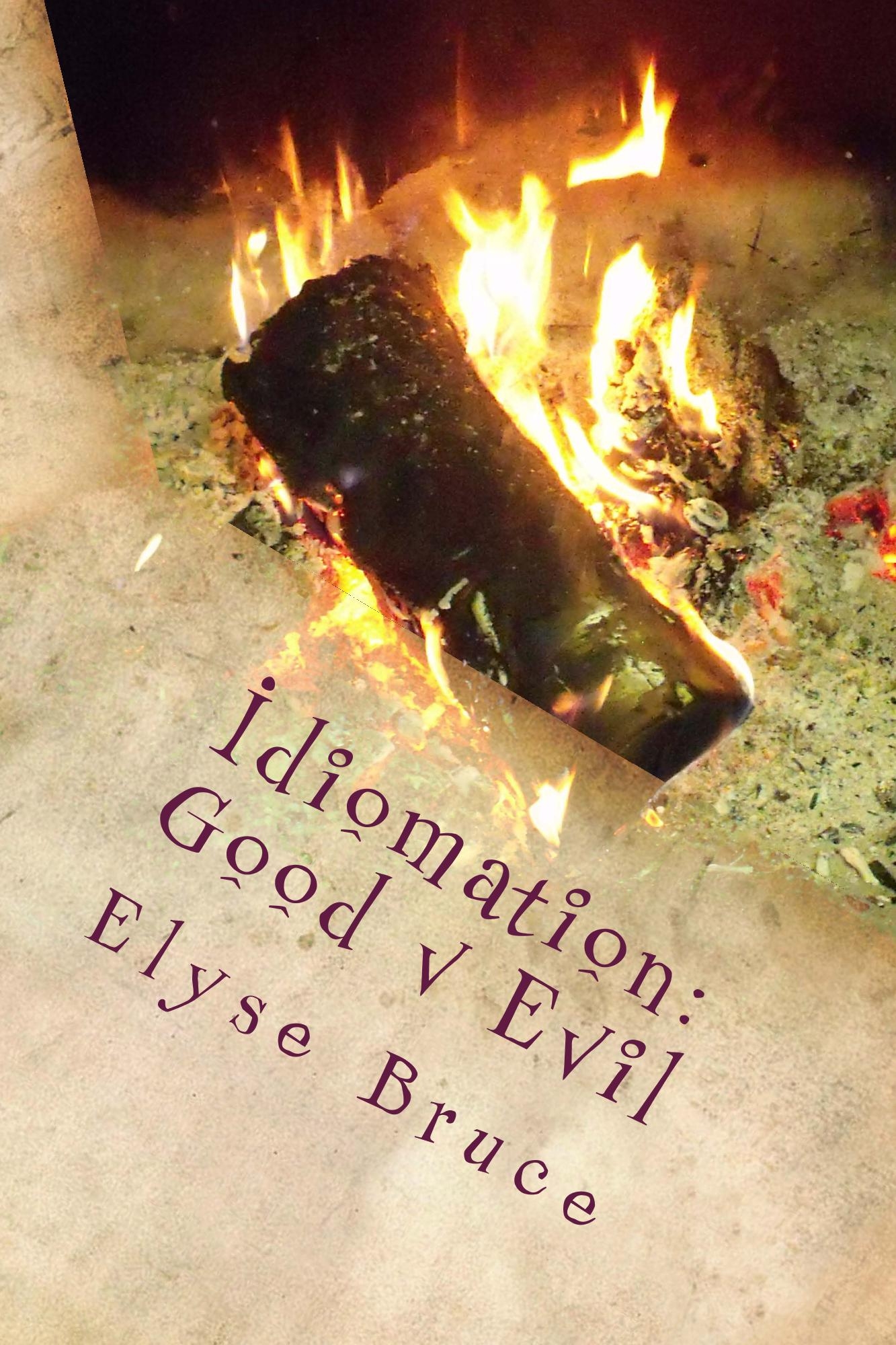Calling shotgun is, in many ways, no different than calling first dibs.
In the January 17, 2006 edition of the Reading Eagle, Devin Cremer (who, at the time, was a junior at Twin Valley High School in Reading, Pennsylvania) discussed what the article called, “Rules Of Engagement: Calling Shotgun.” He made it clear that calling shotgun was one of those split-second decisions that we sometimes have to make, and then he made sure he explained what the rules were for calling shotgun.
First and foremost: You must have complete, 100 percent clear visibility of the vehicle in order to call shotgun. It is not acceptable to call shotgun while inside of a building, or when an object obscures the view of the vehicle that is to be driven.
Terry Marotta wrote mentioned calling shotgun in an article in the Bangor Daily News on January 31, 1995. He wrote about the three principles that made a family functional, which, he wrote, were the same three principles that made living in society functional. The article was entitled, “Sacrifice, Restraint, Affection Important Virtues Of Family Life.” Part way through the article, calling shotgun was mentioned.
Often you become most aware of sacrifice in its absence. Take the custom of kids calling shotgun as they race toward the family car. I hated this custom when I was 6 and I hated it at 36. And I made sure, once I had kids of my own, that whatever goody was awarded, it sure didn’t go to the one who, in a froth of self-interest, was braying for it the loudest.
Based on the writer’s statement, calling shotgun has been around since at least the mid-seventies. But where did it really come from, and when did it start?
In the book “Poorboy At The Party” by American journalist and author Robert Gover (2 November 1929 – 12 January 2015) and published in 1966 by Simon and Schuster, the author referred to the seat next to the driver of a car as the shotgun seat.
He got up and staggered to the shotgun seat and tossed me the keys.
SIDE NOTE: Robert Gover was friends with musician Jim Morrison (8 December 8 1943 – 3 July 1971) and in 1968, the two were arrested for causing a disturbance at the Pussycat A Go Go in Las Vegas.
The expression actually has its roots in the days of stagecoach travel when two people were riding upfront: the driver, and the express messenger. The express messenger was colloquially referred to as the shotgun messenger.
American investigative journalist, lawyer, novelist, editor, and short story writer Alfred Henry Lewis ( 20 January 20 1855 – 23 December 1914) published his book “Faro Nell and Her Friends: Wolfville Stories” and in this book, the author included a passage about riding shotgun in Chapter IV titled, “Old Monte, Official Drunkard.”
That lack of war instinct in Monte ain’t no speecific drawback. Him drivin’ stage that a-way-, he ain’t expected none to fight. The hold-ups onderstands it, the company onderstands it, everybody onderstands it. It’s the law of the trail. That’s why, when the stage is stopped, the driver’s never downed. Which if thar’s money aboard, an’ the express outfit wants it defended, they slams on some sport to ride shotgun that trip. It’s for this shotgun speshulist to give the route agents an argyooment. Which they’re licensed to go bombardin’ each other ontil the goin’ down of the sun.
The book had beautiful illustrations created by W. Herbert Dunton (28 August 1878 – 18 March 1936) and John Norval (J.N.) Marchand (1875-1921), and was published in 1913 by G.W. Dillingham Company.
The expression was used in an earlier book by Alfred Henry Lewis entitled, “The Sunset Trail” which was published in April 1905 by A.S. Barnes & Co. It’s found in the short story titled, “The Worries Of Mr. Holiday.”
Wyatt and Morgan Earp were in the service of the Express Company. They went often as guards — “riding shotgun,” it was called — when the stage bore unusual treasure.
But riding shotgun and calling shotgun are two different expressions. It was in the popular TV series, “Gunsmoke” with James Arness (26 May 1923 – 3 June 2011) which ran from 1955 to 1975 that expressions from the television version of the Wild West era were transplanted and superimposed on popular culture of the day.
In Season 2 (1957), Ira Pucket (played by Edgar Stehli) got a job riding shotgun on the stagecoach. In Season 4 (May 1959) Marshal Matt Dillon (played by James Arness) helped a gunman get a job riding shotgun on a stagecoach. In Season 7 (1962), Harvey Easter (played by Abraham Sofaer) convinced Charlie Fess (played by Harry Bartell) to quit riding shotgun on the stagecoach. In Season 8 (1963), Quint Asper (played by Burt Reynolds) agreed to ride shotgun for Sam Gordon (played by Glenn Strange), the driver on the morning stagecoach. Nearly every season of the show had someone riding shotgun on the stagecoach.
What does this mean for the idiom? It means that sometime during the late 1950s, the passenger seat in a car became known as the shotgun seat, and if you wanted that prized seat (complete with extra leg room), you had to call it or lose it hence the idiom calling shotgun.

